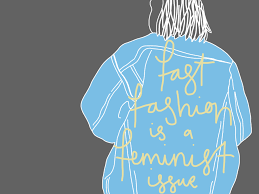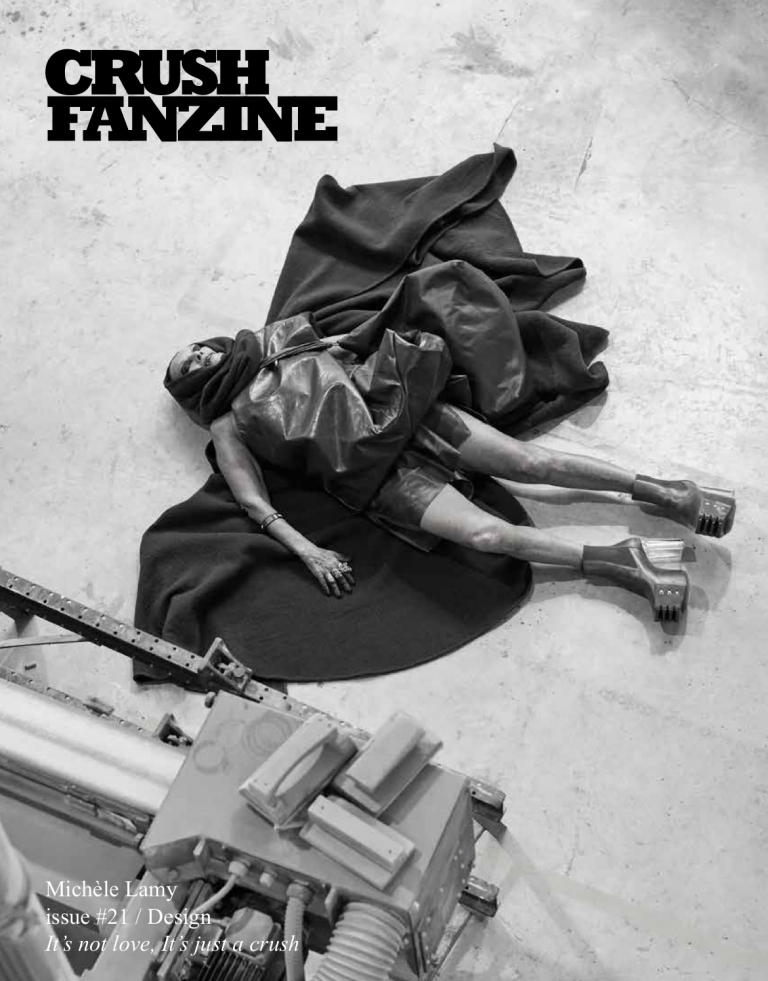This is the first article in collaboration with Impakter, an online news publication focusing on sustainable practices that contribute to a brighter future.
Have you ever thought about the connection between Fast Fashion & Feminism?
Feminism in Fashion World
As you scroll through your social media accounts, your newsfeed is full of clothing “hauls”. In it, beautiful young influencers excitedly unbox their seemingly never-ending bounty of unbelievably low priced fashion goodies. We all know that fast fashion is bad for the environment. However, its disproportional targeting of women is truly alarming.

International Women’s Day calls for people around the world to spread messages of equality, encouraging the uplifting of women. It’s time to speak up on behalf of the countless women who face injustice at the hands of $5 jeans.
Fast Fashion & Feminism: A Women’s Issue
Approximately 80% of workers in the garment industry are women. This is not by coincidence, but a direct result of the blatant discrimination shown throughout the industry. Garment factories intentionally seek female employees. Furthermore, factory managers take advantage of the cultural stereotypes placed on women, portraying them as meek and flexible.
Women across the globe experience everyday hardship and pressure. Household duties, adequate childcare, and financial insecurities limit a woman in this situation’s ability to seek a more gainful work situation. Women are often subjected to verbal and physical abuse and sexual harassment within garment factories. In many cases they have neither the time nor the opportunity to improve employment conditions. Let alone discuss daily abuse, making them the perfect victims in the eyes of predatory factory managers.
The exploitation of women in developing countries empowers American and European fast fashion giants toward massive revenue. All while denying the workers who produce their clothes the most fundamental human rights. The deregulated nature of the global economy allows the repeat exploitation of female garment factory workers, making this an issue that concerns all women and the choices we make as consumers.
Unsafe Working Conditions
80% of textile workers are women ranging between the ages of 18 and 35. Many have children and families to support and are the primary breadwinners. In Bangladesh. this main income equals about 97 USD per month. On top of that, these women are usually forced into working up to 16 hour days, with no days off. Their basic wages are so low that they cannot refuse overtime pay. Aside from the fact that many would be fired or worse if they refused to work overtime.
Labor reports have shown that garment factories in Cambodia showed inadequate ventilation and airflow, lack of drinking water, unregulated working hours, and exposure to chemicals, leading to fainting and malnutrition among employees. Of course, these women do not receive adequate medical intervention. Due to loose regulation and law enforcement, women work in unsafe and unhealthy conditions without intervention.
Then there are real and present death threats. An example is the devastating disaster of 2012. A garment factory fire in Pakistan, killing 250 garment workers. Another one is the collapse of the Rana Plaza factory in Bangladesh. 80% of the 1,129 people killed in the factory collapse were women, alongside many young girls. This is a real threat to the safety of women in countries where labor laws allow the exploitation and ultimate death of thousands of women.
Environmental Effects
The global fashion industry is a major contributor to climate change and fast fashion alongside its unsustainable practices. The industry belches out 1.2 billion tons of carbon dioxide equivalent each year, which is actually more emissions than the shipping and aviation industries combined. A recent study by the World Economic Forum labeled fashion, and its supply chain, as the planet’s third-largest source of pollution, emitting 5% of the planet’s greenhouse gas emissions.
What does that have to do with women specifically? Women living in developing countries are more likely to live in poverty than men, with less access to basic human rights like the ability to freely move and acquire land, and face systematic violence that escalates during periods of instability.
Research conducted by UNDP concluded that throughout periods of prolonged drought, a common indicator of climate change, women and girls are forced to take long and arduous journeys to obtain food or water, which increases risk of sexual assault. Consequently, the study showed that girls were spending more time finding water than focusing on school, reinforcing generational poverty. Women in Uganda ascertained that the extra time and energy spent on finding viable food sources meant less time available for housework and childcare. After such an extreme workload, many of the women were too tired to have sex. This resulted in violence from their male counterparts.
In many situations, some families married off their young daughters to cope with food scarcity. Furthermore, in families where men have left home to make ends meet, women and children stay home alone, exposing themselves to violence and sexual exploitation. While women across the world are no stranger to violence, natural disasters resulting from climate change exacerbate times of instability, making these dangerous situations more common for women.
Fast Fashion vs. Food
According to research conducted by UN Women, climate change produces negative effects on four areas of food security: food availability, food accessibility, food utilization and food security systems. Female farmers contribute to up to 80% of all food harvesting in developing countries depending on the area of discussion. About 66% of the female workforce in developing countries, and more than 90 percent in most African countries, is performing agricultural labor.
Fast Fashion & Feminism: The Age of Activism?
Women experience a loss of income and crop yield, which are often their main source of food and income. Moreover, many of these cultures exclude women from the decision-making process. Even those regarding the acquisition and use of the land and resources that are important to their health. For these reasons, it is more important now than ever to make sure that the women who rely on a healthy planet are able to maintain their livelihoods. Hence, an easy first step is cutting out fast fashion from our wardrobes.
Therefore, in an era where girl power and feminism seem to dominate conversations in the media, it seems crazy that consumer data shows women aged 18-24 (aka college student age) are the main buyers of fast fashion.
How can it be that in the age of activism, women are supporting companies threatening the lives of other women? Our continuous overconsumption of fast fashion directly allows for countless women across the planet to suffer in the production stage of the clothes we wear. Thus, fashion is a feminist issue. It’s time to address the way we dress and hold these companies accountable for their crimes against our fellow women.
Want to shop sustainable clothing that works against predatory practices in the fashion industry? Check out IMPAKTER ECO’s collection of stylish clothing to replace your fast fashion habits.
You should also read “Subversive Clothing & Feminism: The Political Fights Behind the Fashion History”.
* Written by Henna Kornblum, Lifestyle Editor at IMPAKTER






